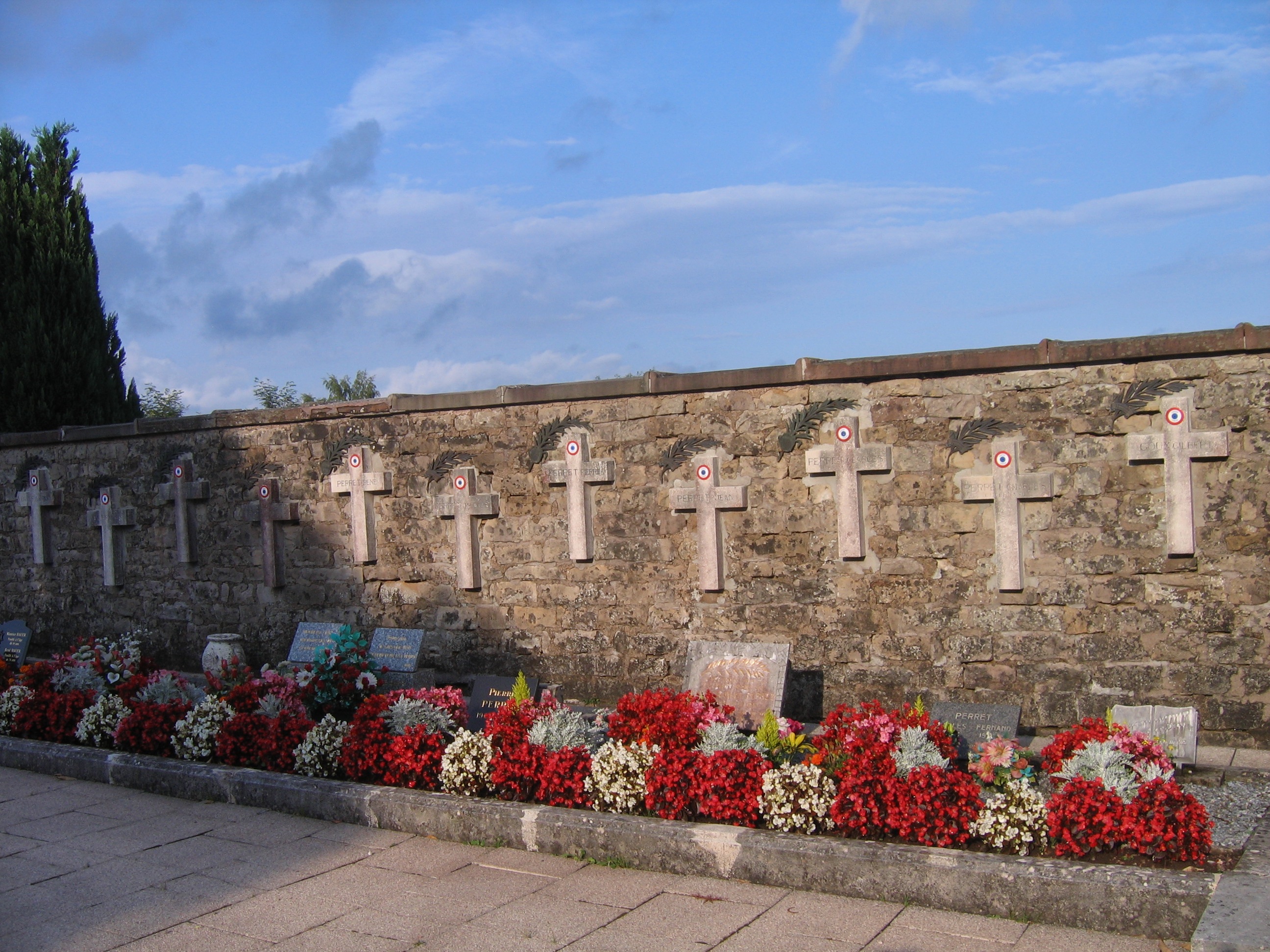Why I'm Sharing This Story
The story of the suffering of the people of Etobon needs to be told and I'm in a unique position to tell it. I am the American pastor whose eyes were opened to what happened in Etobon and the neighboring village of Chenebier. I lived and worked for two years among the people who were there, whose family names are on the cemetery wall in Etobon. I was privileged to hold the post of Pastor of Etobon and Chenebier, part of the Paroisse du Mont-Vaudois, which includes all the surrounding villages and countryside. I baptized, married and buried the people who were formed out of this tragedy. I preached on Sundays in the church where the resistance hid its weapons and food and in the church where 39 men were murdered. I took part in the annual remembrance of the massacre. I know the principals, their children and grandchildren. I have read and translated their journals and memoirs. I have wept at their graves. They entrusted me with their story. Now I must tell it.

 Katherine Douglass
Katherine Douglass